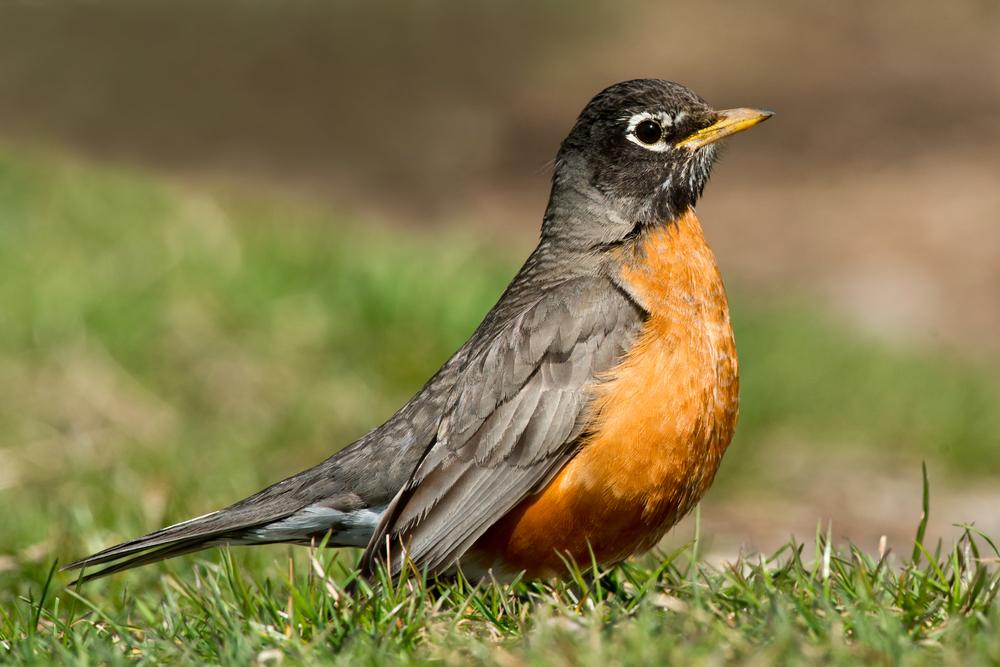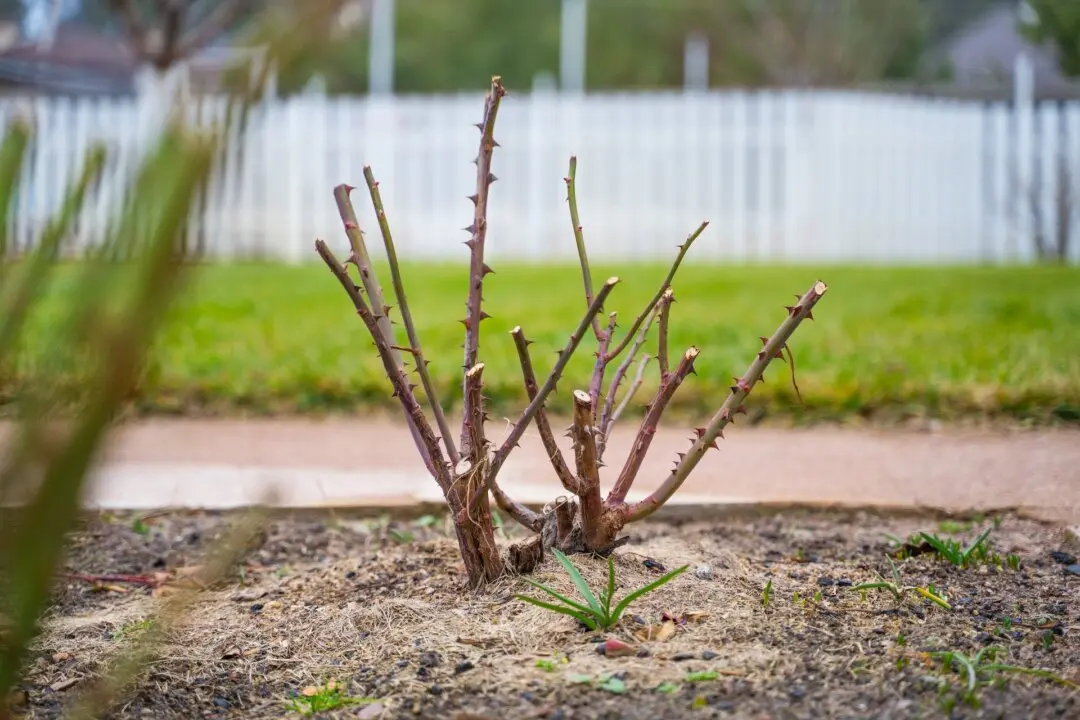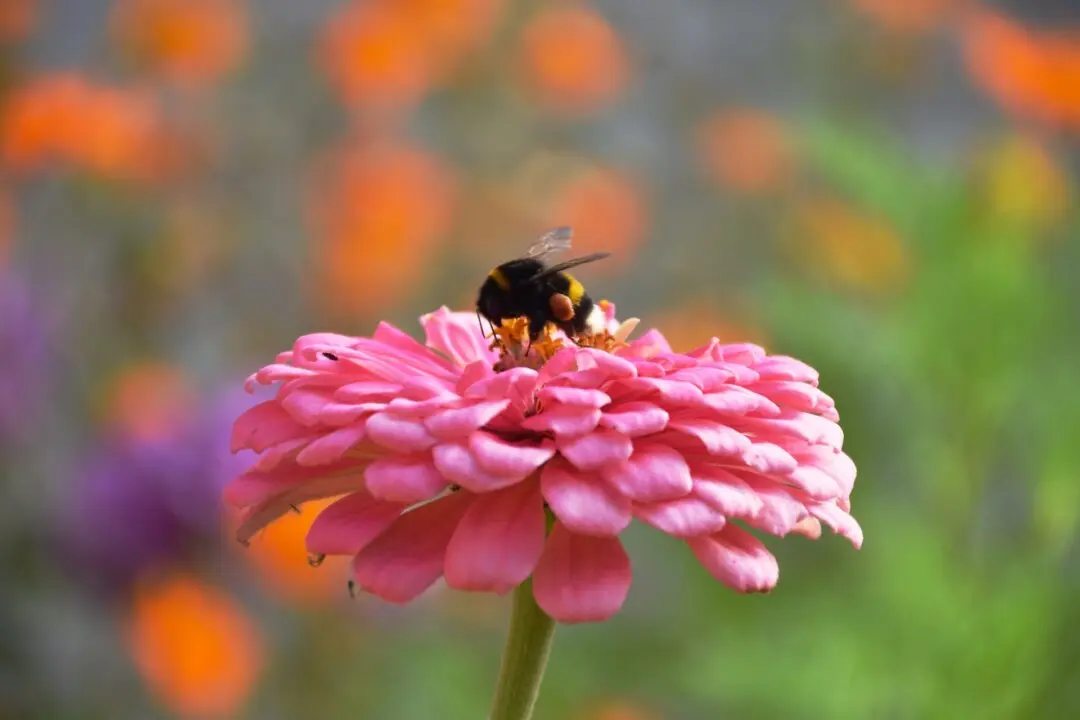Did you know that the month of March has been renamed “Sprinter”? Well, at least it should be. This is a transition month between spring and winter that has several features all its own. It’s the time of the biggest transition in temperature in the shortest length of time each year. The meteorologists say that spring begins on March 1, and astronomers say it isn’t spring until March 20 or so. But as any good gardener will tell you, spring starts when we can get outside and start digging.
We don’t really need the month of March. All people do is complain about the weather and mope around in a foul mood because winter seems to be marching slowly on. What we do need is the more optimistic new season called Sprinter. Even saying its name will brighten the gardener’s spirit.





